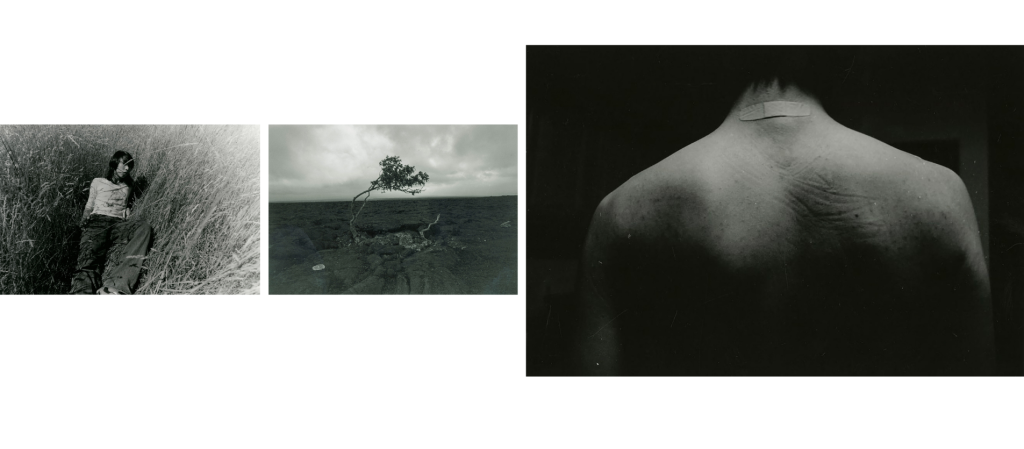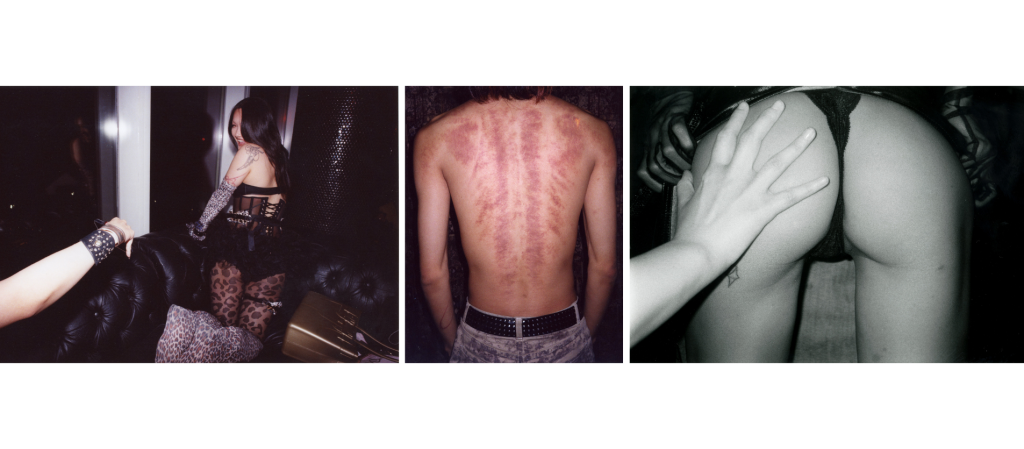Yuhan Cheng Tanks What We Don’t Show
The concept of ‘getting used to’ often brings a sense of emotional detachment, creating a space between familiarity and discomfort. In 窗子外 Outside the Window, Inside the Tank 鱼缸里, Yuhan Cheng brings us face-to-face with that liminal air. As the boundary between home and where we happen to live hardens, so does our reflection. Cheng uses intimacy to document the loneliness that obscures our view of the outside world. In this visual diary, the fish tank becomes more than a container; it is a metaphor for the fragile microcosms we build for ourselves.
After relocating from Chengdu to New York to study film, Cheng found themselves turning inward. Confronting the isolations of migration and estrangement through the lens of their own body. They once said they often think about the concept of belonging; whether it’s to a place, a chosen family, or simply to one’s self. 窗子外 Outside the Window, Inside the Tank 鱼缸里 meditates on those same ideas.
A month into their new life in New York, Cheng encountered an abandoned fish tank, which became a pivotal symbol in their work. What could have been a fleeting, mundane encounter sparked the flames that bridged the soft edges of childhood memory with the sharp isolation of adulthood. A tank is, after all, its own sealed universe. Controlled and contained like the lives that we try so hard to build around ourselves. As if to ask: aren’t we all curating our own little fish tanks, deciding which feelings to display and which ones to let sink?


The series frequently depicts individuals in moments of quiet vulnerability, capturing the subtle nuances of emotional collapse. You can find subjects at the edge of tears, drifting between revelation and resignation. Their short films share the same spirit: sparse rooms littered with traces of life, spaces where queer friends and chosen family drift in and out, speaking softly of love, grief, and the unknown in between. This visual softness lends emotional texture, turning vulnerability into something tangible. Cheng notes that this fluid structure is a reflection of their experience moving between Chengdu and New York, where similar feelings follow them wherever they are.
During their first week in New York, Cheng took their first nude self-portrait for a class assignment. Having just learned to process black-and-white photographs, they felt safe experimenting in the privacy of the makeshift darkroom that doubles as a bedroom. Meanwhile, Yuhan began documenting the things people often choose to hide, chronicling bitten cuticles, bruises, and scrapes accumulated without thought. Cheng often kept the physical negatives to themselves in a desire for attachment and permanence, as a way to “selfishly hold on to pieces of lived history.”
Cheng’s exploration of these themes is presented through a narrative that unfolds over 70 photographs, three short documentaries, and an installation. From snapshots of life in Chengdu to the disjointed stillness of New York, 窗子外 Outside the Window, Inside the Tank 鱼缸里 becomes less a document of place and more a confrontation with self. In between familiarity and estrangement, Cheng offers a visual essay on intimacy, isolation, and what it means to belong to the bubbles we build.